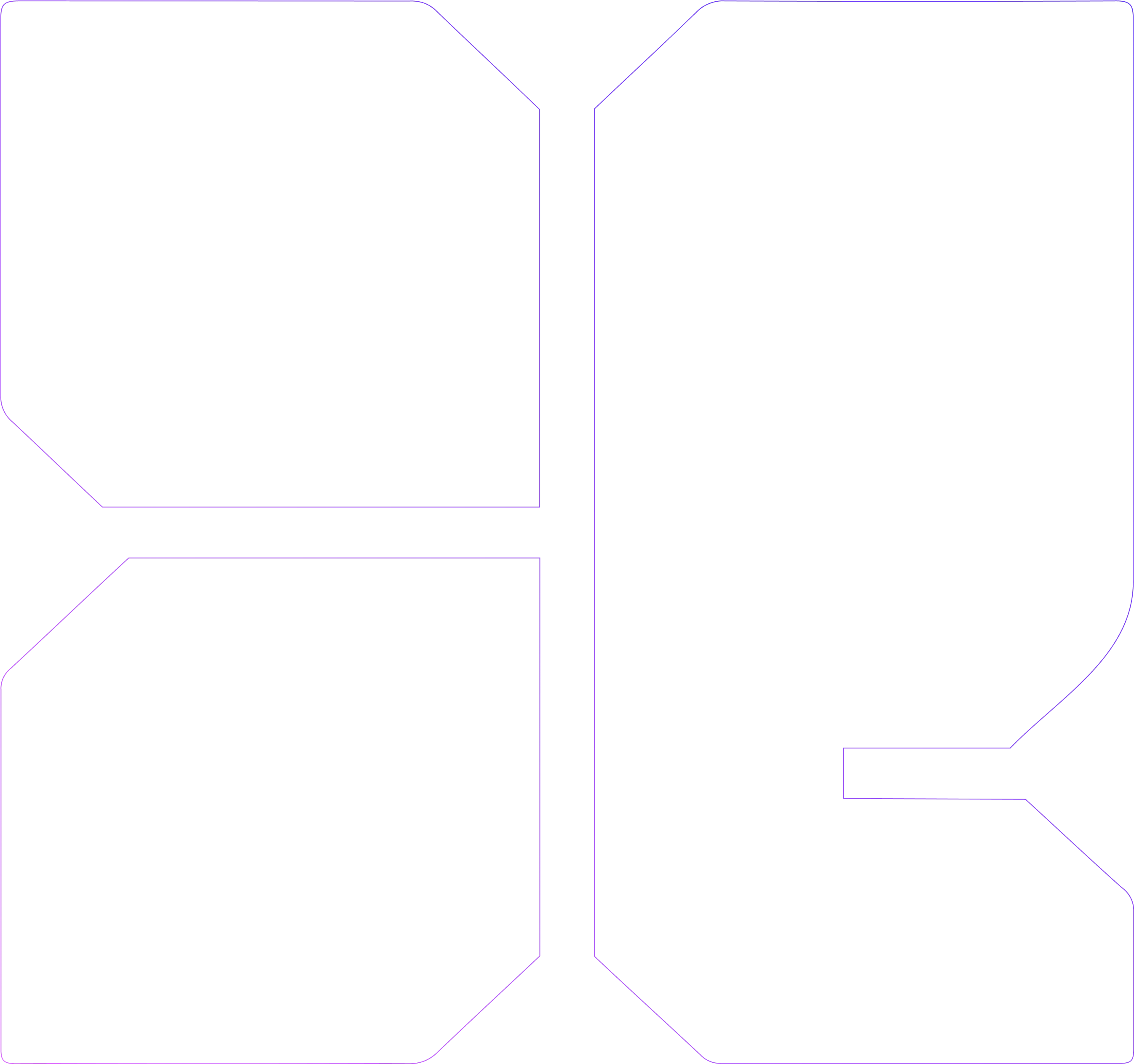

Are AI Models Proving Plato Right?
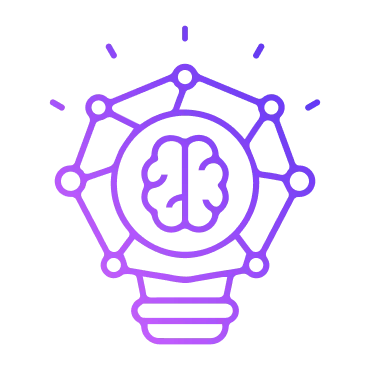
New Discovery: Are AI Models Proving Plato Right?
A groundbreaking paper from MIT is shaking both the tech and philosophy worlds. Researchers have found that advanced AI models trained on entirely different tasks are mysteriously converging on the same internal “map” of reality.
It’s almost as if these systems are uncovering universal mathematical truths that exist beneath the surface of our world, truths that philosophers have speculated about for thousands of years.
Plato’s Ancient Vision
Over 2,000 years ago, Plato proposed that our physical world is merely a shadow of higher, abstract “Forms.” Imagine the perfect circle, the essence of beauty, or the true meaning of justice concepts that transcend our senses.
Fast forward to today, and AI seems to be rediscovering this very idea. As neural networks scale in size and complexity, they independently stumble upon similar internal structures for representing concepts whether it’s shapes, time, or categories regardless of the type of data they’re trained on.
This isn’t just a coincidence it suggests there may be fundamental patterns to reality that any form of intelligence must eventually uncover. And in doing so, AI may be providing a rare scientific window into timeless philosophical mysteries.
The Astonishing Experiment
Researchers applied a technique called model stitching, where they swapped and combined components of different neural networks.
The stitched models didn’t just work, they sometimes worked shockingly well. Even more surprising: vision models (trained on images) and language models (trained on text) revealed strikingly similar ways of processing meaning.
This hints at something profound: intelligence whether biological or artificial may always converge on a shared, underlying structure of reality.
Think about that: systems built with no common training data, no shared goals, and no direct interaction, are still arriving at similar internal maps of meaning. That strongly suggests these “maps” are not inventions of AI, but reflections of something deeper structures built into the very fabric of reality.
When Philosophy Meets AI
This discovery doesn’t just echo Plato’s theory, it grounds it in modern science. Intelligence, in all its forms, may be governed by the same deeper mathematical patterns that shape existence itself.
For AI researchers, this isn’t just a technical insight. It’s a paradigm shift. Training machines may not only solve problems but also reveal timeless truths about our universe.
For philosophers, it breathes life into ancient questions. Are ideas like justice, beauty, and truth not just social constructs, but reflections of universal patterns that intelligent systems naturally recognize?
Why It Matters
For philosophers: A long-awaited bridge between ancient metaphysics and modern computation.
For AI builders: Evidence of universal structures deeply embedded in intelligence itself.
For society: A chance to rethink our relationship with both knowledge and technology.
Interested in Learning More About x-enabler Book a One-to-One Personalized Call
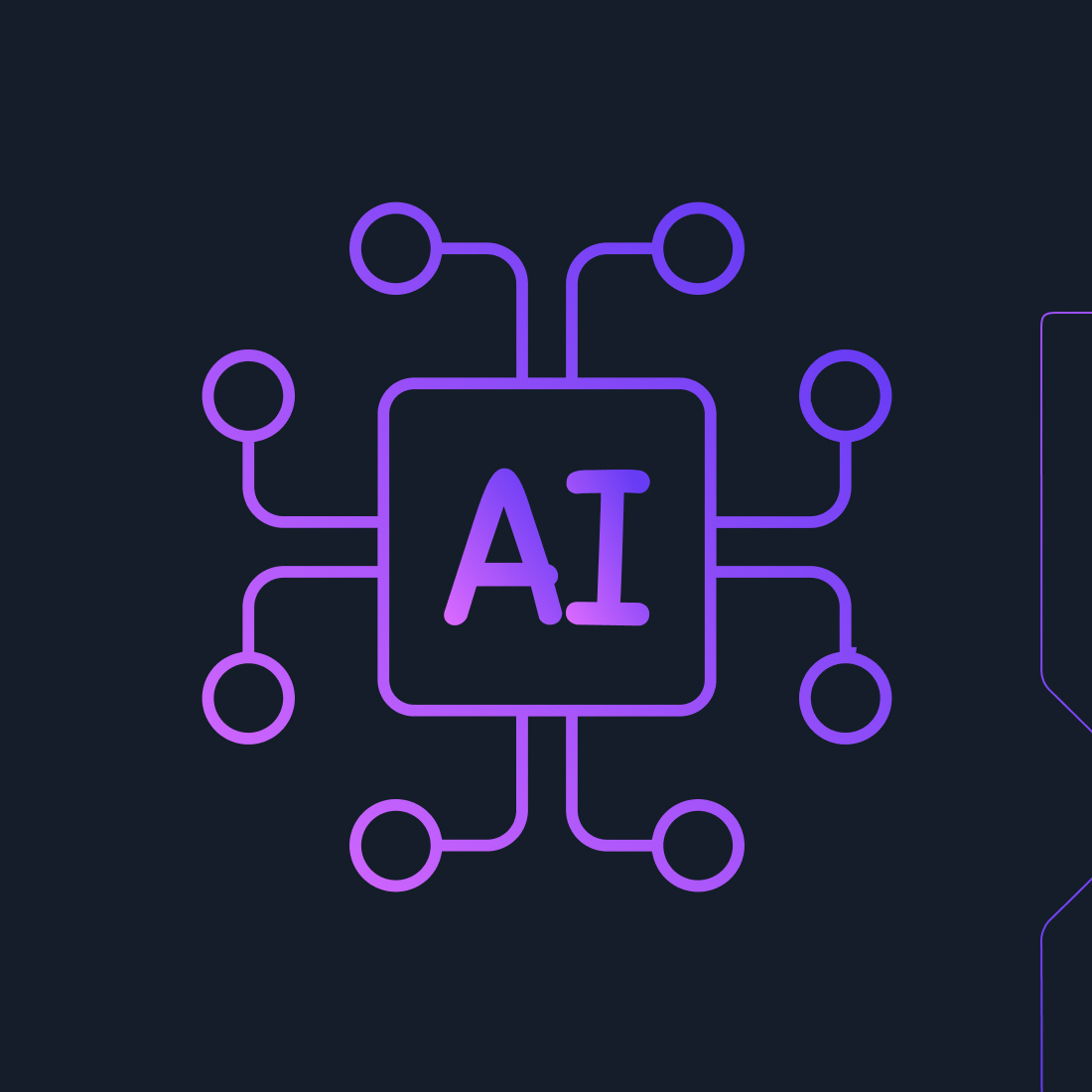
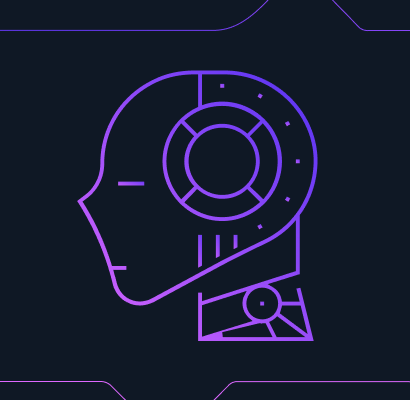
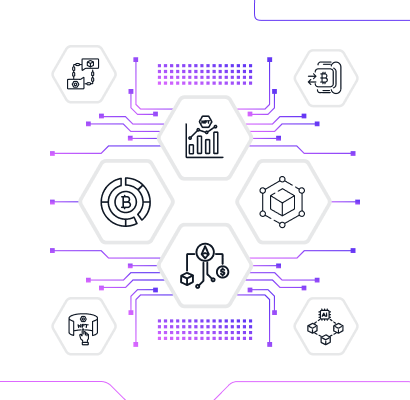
Leave a comment!